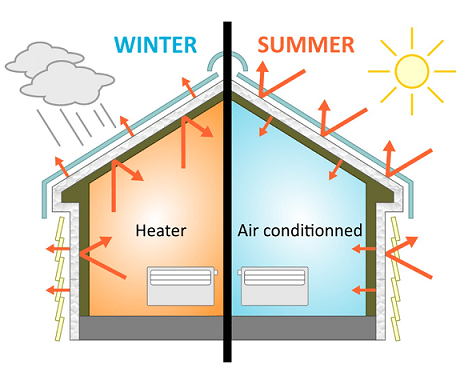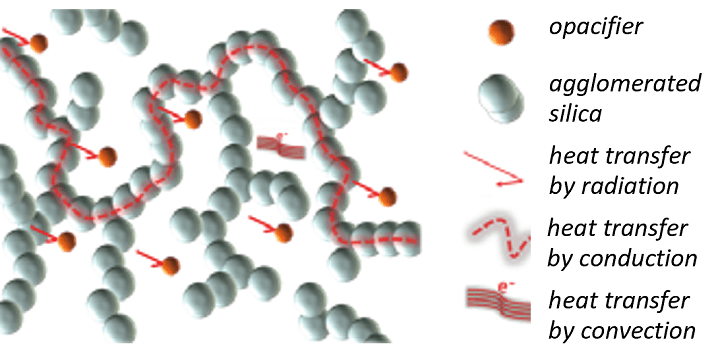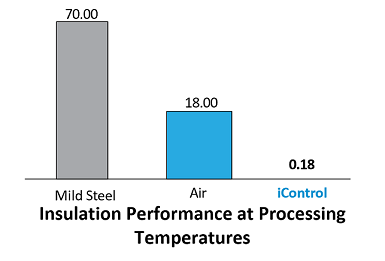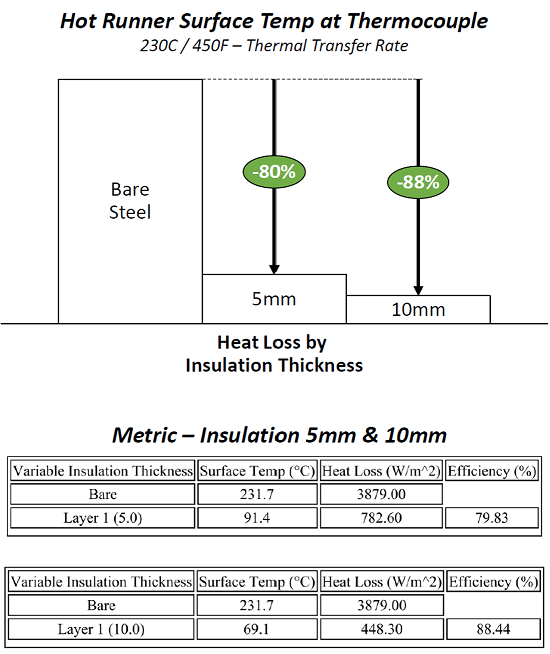DME iControl™ Hot Runner Insulation
Reducing Heat Loss & Minimizing Thermal Variation
Today’s hot runner systems rely on the use of an air gap to minimize the thermal transfer between the plates. However, air is a less effective insulator at elevated temperatures due to the property of diffusivity (rate of thermal transfer). In many hot runner systems the result is heat loss from the heated hot runner system to the adjacent cooled mold plates. Heat loss leads to increased hot runner power consumption to “replace” the lost heat and can also negatively impact the mold cooling process, as most often processing temperatures are increased more than necessary to overcome the losses. iControl insulation can mitigate this problem due to its superior insulation properties, especially at elevated processing temperatures.
Just like a home, where it is desired for its temperature to be maintained, a thermal barrier is used to isolate the space from the surrounding environment. The thermal barrier is an insulator, and whether keeping the space hot or cool, the insulator reduces the required work of the heating or cooling system and creates a more balanced, uniform temperature in the space.

What is iControl Hot Runner Insulation?
The extremely low thermal conductivity of iControl is the result of its microporous structure and the addition of opacifiers. iControl material insulates against all three methods of heat transmission: conduction, convection and radiation. Low conduction is a result of the very small silica particle agglomerates of approximately 10nm which only have a single point to touch each other. Convection heat transfer is minimized by the unique nature of the micro pores which prevent the movement of air and hence the transfer of heat. Finally, the inclusion of opacifiers minimize heat transfer due to infrared radiation.


Boost Productivity – Lower energy consumption
Breakthrough in improving the performance of hot runner systems.
The unique nano microporous material of iControl Insulation helps isolate the heat, reducing the heat loss and thermal variation of the hot runner system.
Easily installed at time of original build or later as a retrofit, iControl can greatly reduce the thermal variation throughout the manifold and nozzles so the temperature of the incoming resin closely matches the temperature at entry to the cavity. Effectivity insulating the hot runner can mitigate cold spots and opens the possibility to lower both melt and mold temperatures.
Result: Less heat in means less heat out for accelerated startups and faster cycle time
Benefits of lower melt temperature:
- Faster start up times
- Reduced part cooling time
- Reduced energy consumption (lowering processing temperature = less power)
- More homogenous melt assuring better part quality
- Optimizing process temperature protects heat sensitive materials such as optical grade resins, bioplastics and resins with high post-consumer recycled content




